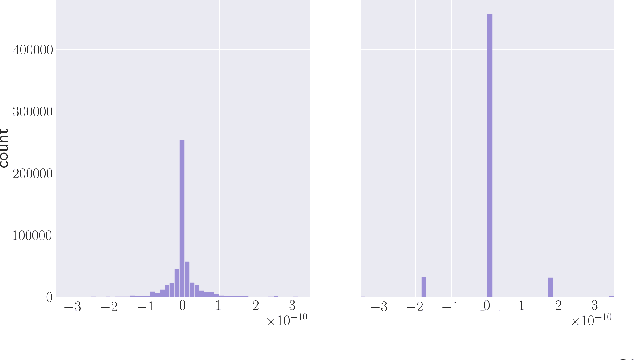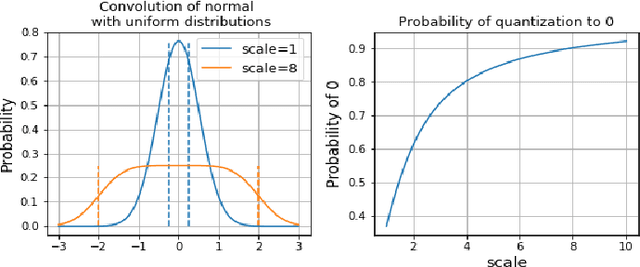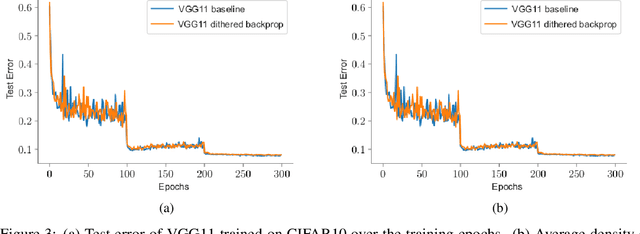Kevin Kepp
Deep learning-based denoising streamed from mobile phones improves speech-in-noise understanding for hearing aid users
Aug 22, 2023



Abstract:The hearing loss of almost half a billion people is commonly treated with hearing aids. However, current hearing aids often do not work well in real-world noisy environments. We present a deep learning based denoising system that runs in real time on iPhone 7 and Samsung Galaxy S10 (25ms algorithmic latency). The denoised audio is streamed to the hearing aid, resulting in a total delay of around 75ms. In tests with hearing aid users having moderate to severe hearing loss, our denoising system improves audio across three tests: 1) listening for subjective audio ratings, 2) listening for objective speech intelligibility, and 3) live conversations in a noisy environment for subjective ratings. Subjective ratings increase by more than 40%, for both the listening test and the live conversation compared to a fitted hearing aid as a baseline. Speech reception thresholds, measuring speech understanding in noise, improve by 1.6 dB SRT. Ours is the first denoising system that is implemented on a mobile device, streamed directly to users' hearing aids using only a single channel as audio input while improving user satisfaction on all tested aspects, including speech intelligibility. This includes overall preference of the denoised and streamed signal over the hearing aid, thereby accepting the higher latency for the significant improvement in speech understanding.
Dithered backprop: A sparse and quantized backpropagation algorithm for more efficient deep neural network training
Apr 16, 2020



Abstract:Deep Neural Networks are successful but highly computationally expensive learning systems. One of the main sources of time and energy drains is the well known backpropagation (backprop) algorithm, which roughly accounts for 2/3 of the computational complexity of training. In this work we propose a method for reducing the computational cost of backprop, which we named dithered backprop. It consists in applying a stochastic quantization scheme to intermediate results of the method. The particular quantisation scheme, called non-subtractive dither (NSD), induces sparsity which can be exploited by computing efficient sparse matrix multiplications. Experiments on popular image classification tasks show that it induces 92% sparsity on average across a wide set of models at no or negligible accuracy drop in comparison to state-of-the-art approaches, thus significantly reducing the computational complexity of the backward pass. Moreover, we show that our method is fully compatible to state-of-the-art training methods that reduce the bit-precision of training down to 8-bits, as such being able to further reduce the computational requirements. Finally we discuss and show potential benefits of applying dithered backprop in a distributed training setting, where both communication as well as compute efficiency may increase simultaneously with the number of participant nodes.
 Add to Chrome
Add to Chrome Add to Firefox
Add to Firefox Add to Edge
Add to Edge